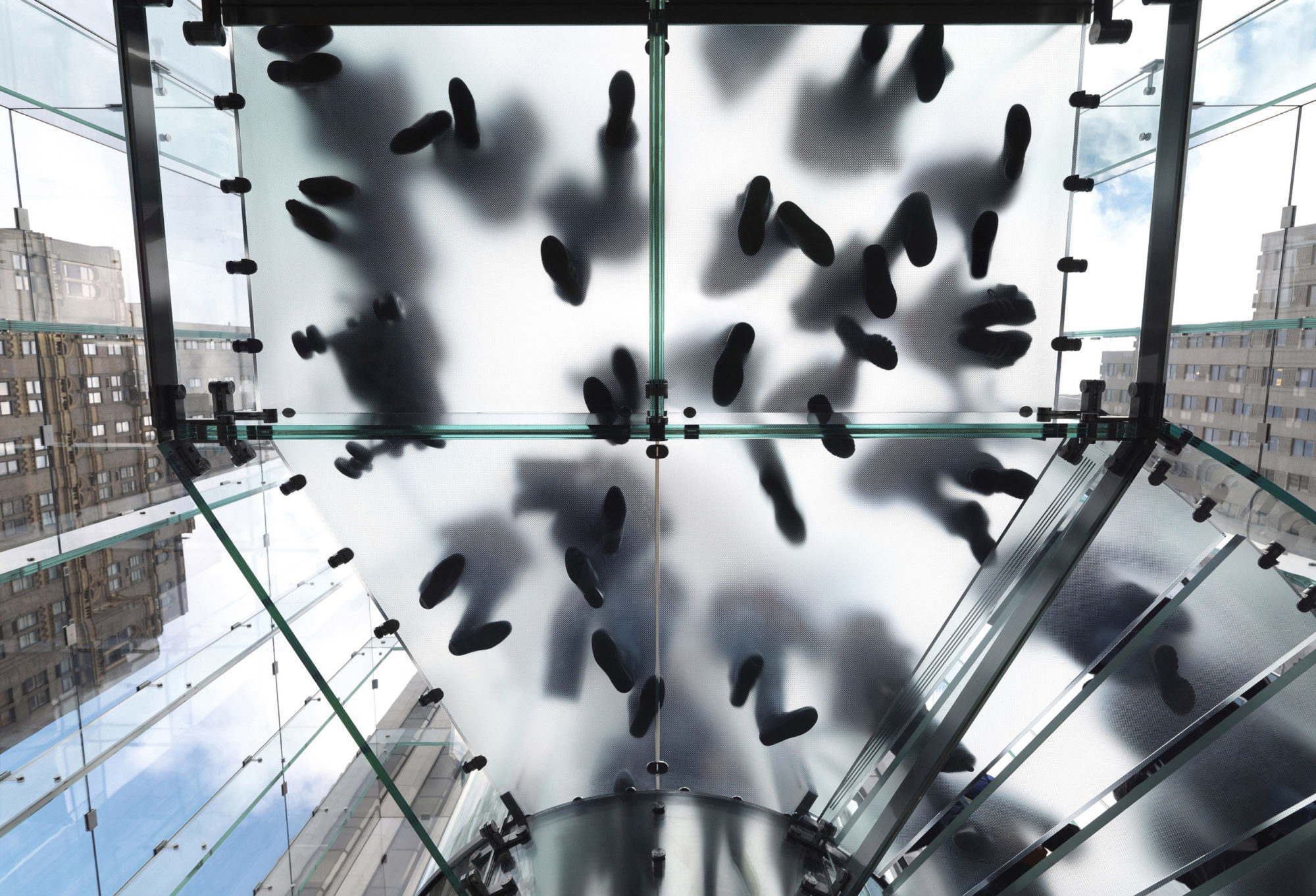Genius et Loci
Solo exhibition, Gran Galleria, Reggia di Caserta
February 29 – October 13 2024
Celebrations of the 250th anniversary of the death of Luigi Vanvitelli, winning project of the second edition of Strategia Fotografia, a call for proposals by the Directorate-General for Contemporary Creativity of the Ministry of Culture for the selection of proposals for the acquisition and valorization of photography and the Italian photographic heritage.
Celebrazioni del 250° anniversario della morte di Luigi Vanvitelli, progetto vincitore della seconda edizione di Strategia Fotografia, bando della Direzione Generale Creatività Contemporanea del Ministero della Cultura per la selezione di proposte di acquisizione e valorizzazione della fotografia e del patrimonio fotografico italiano.
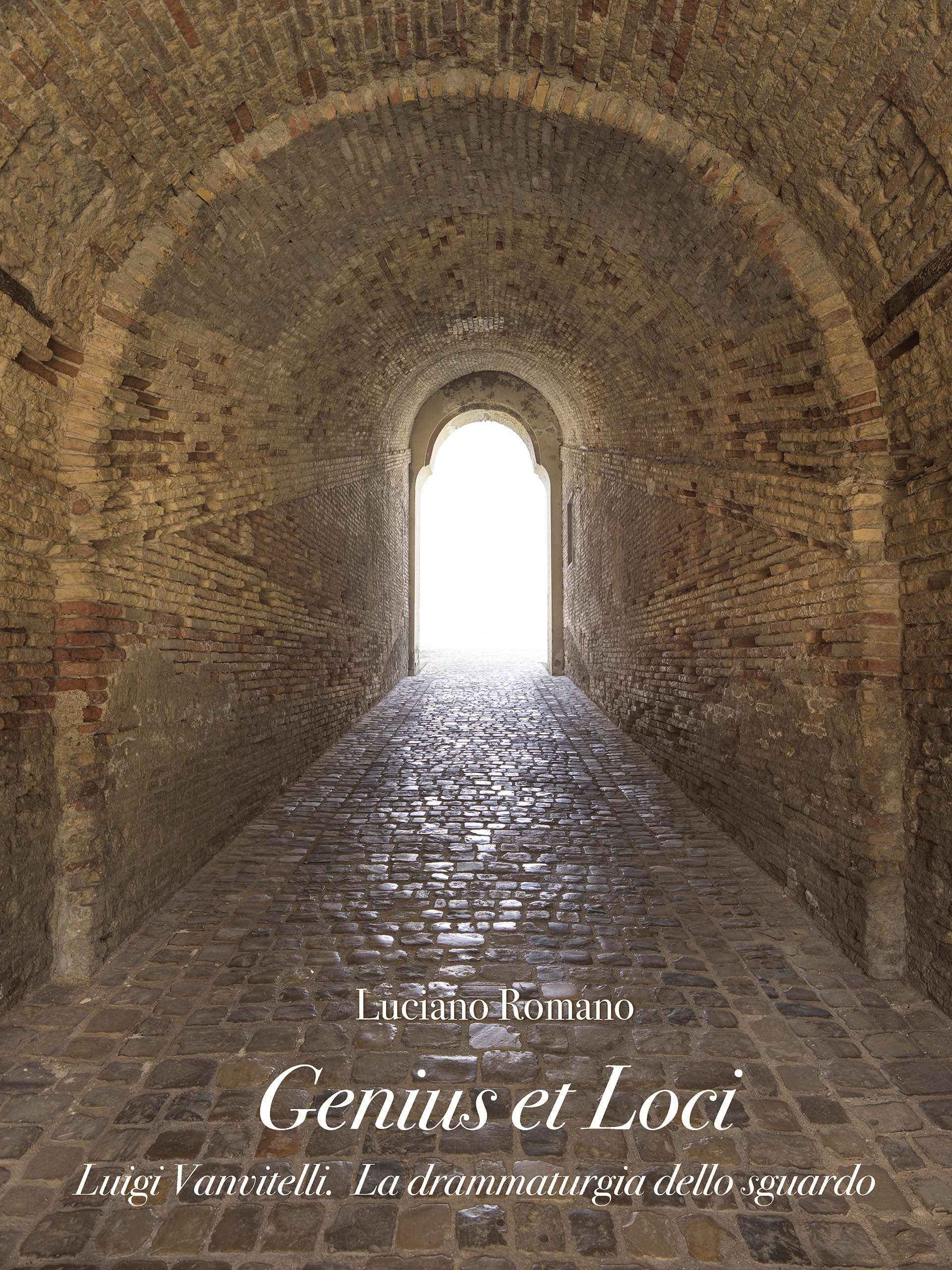
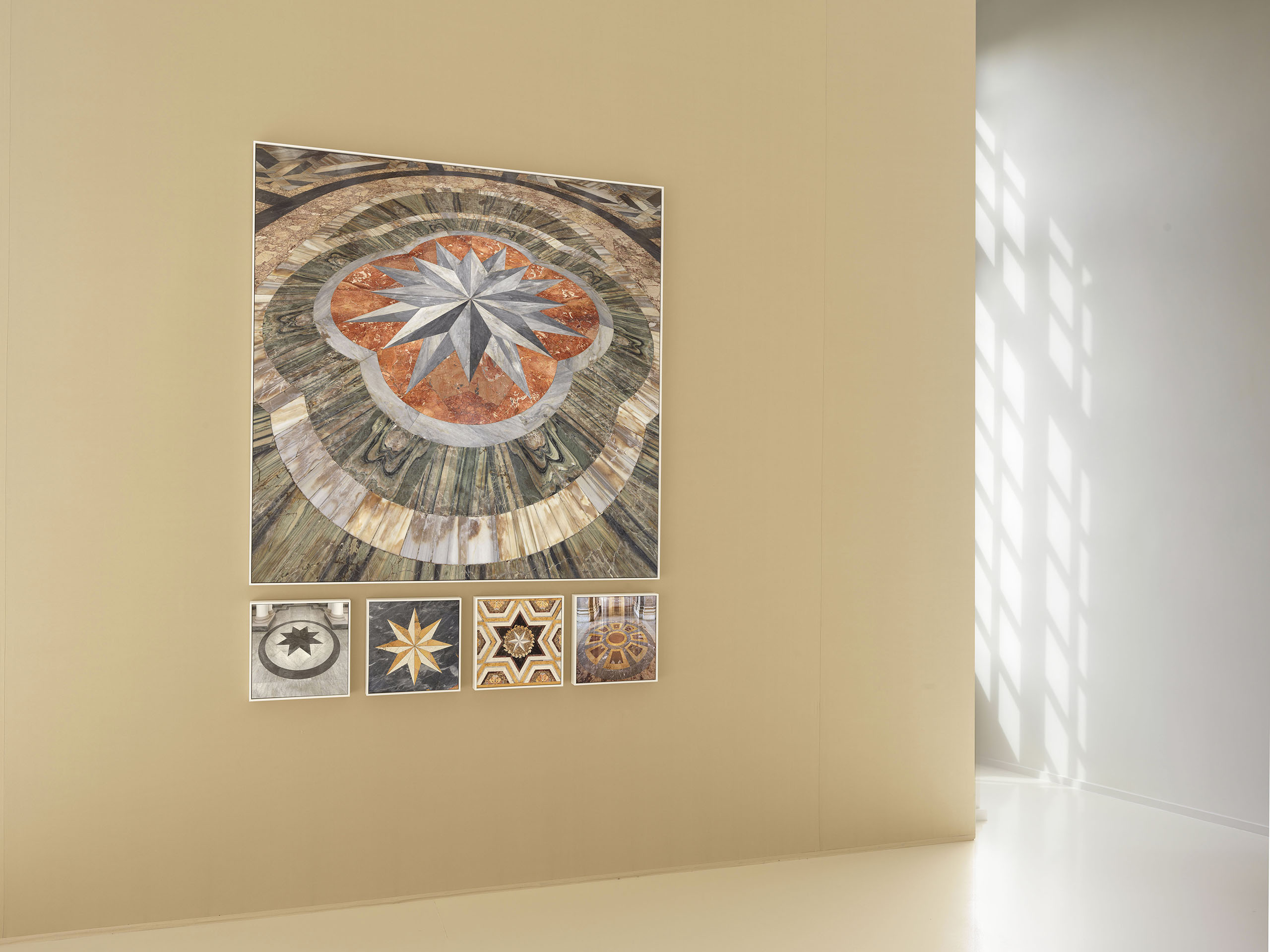
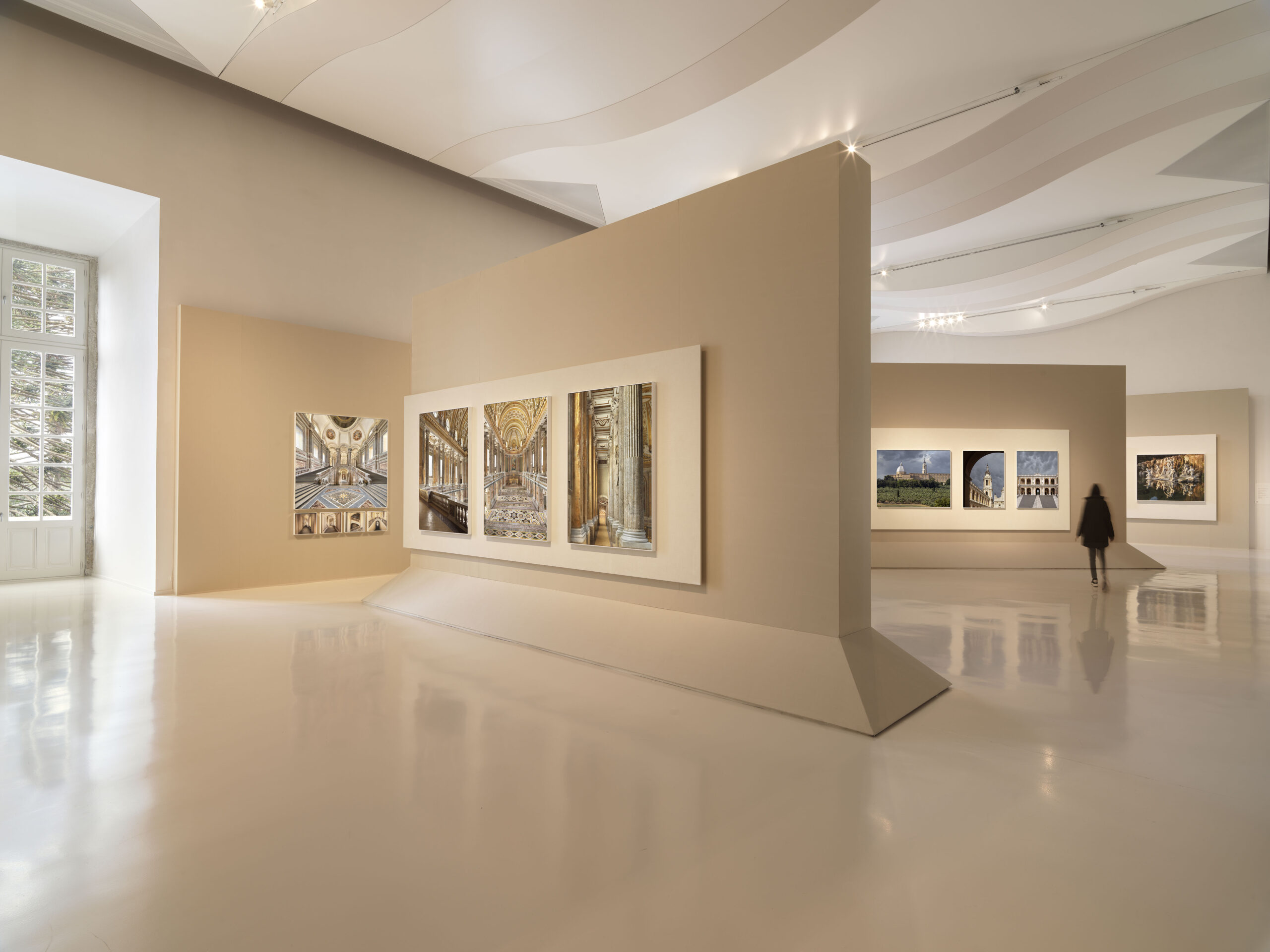
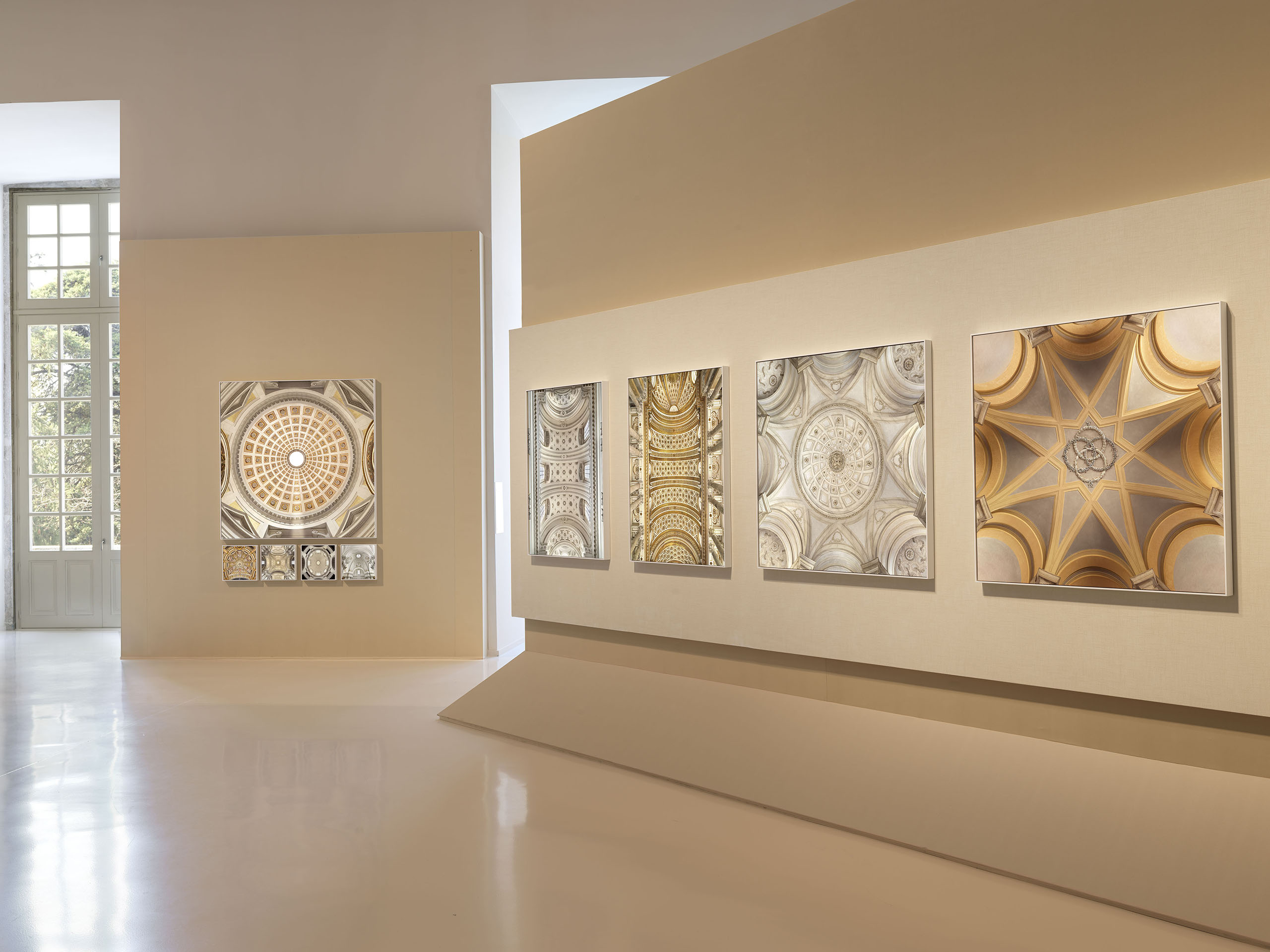
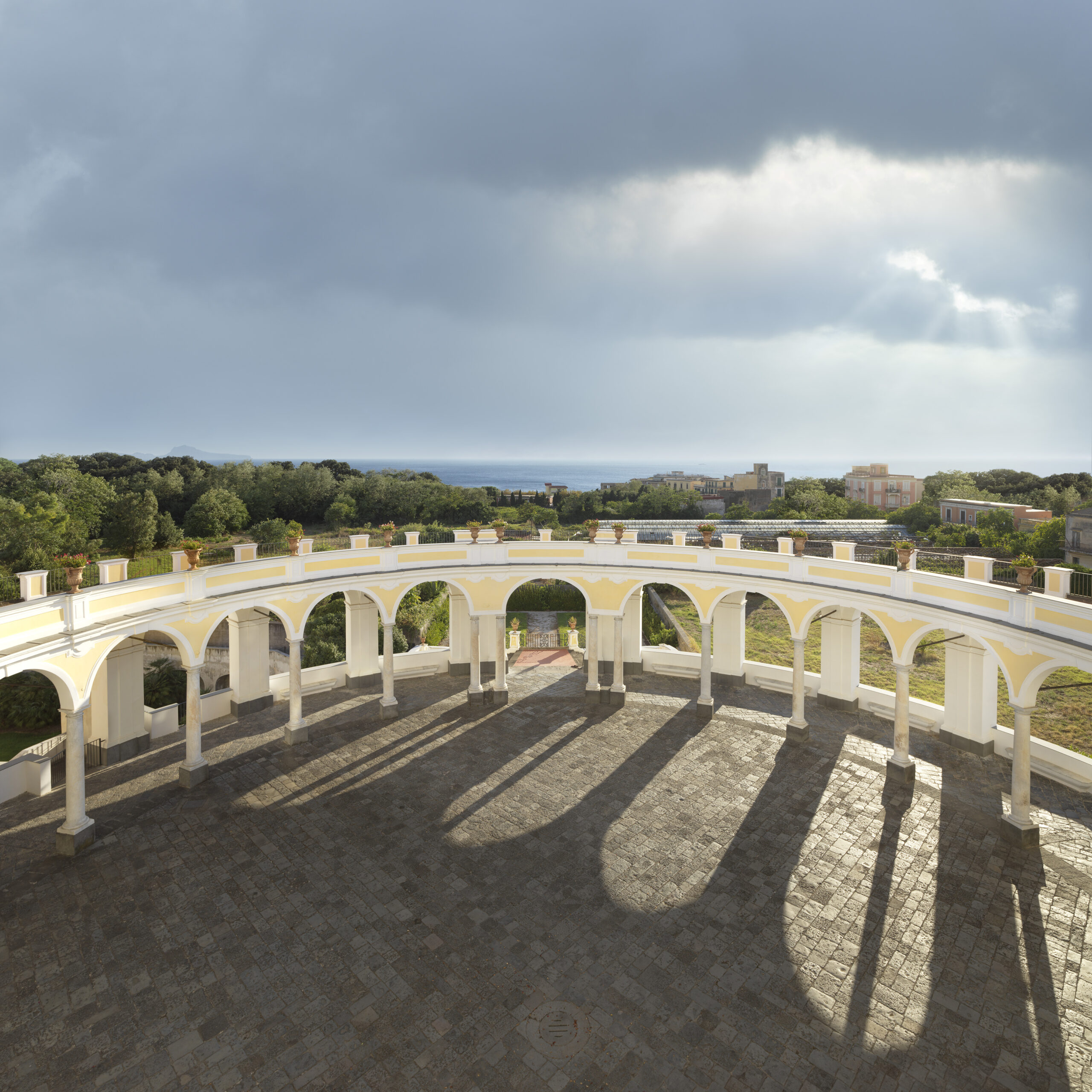
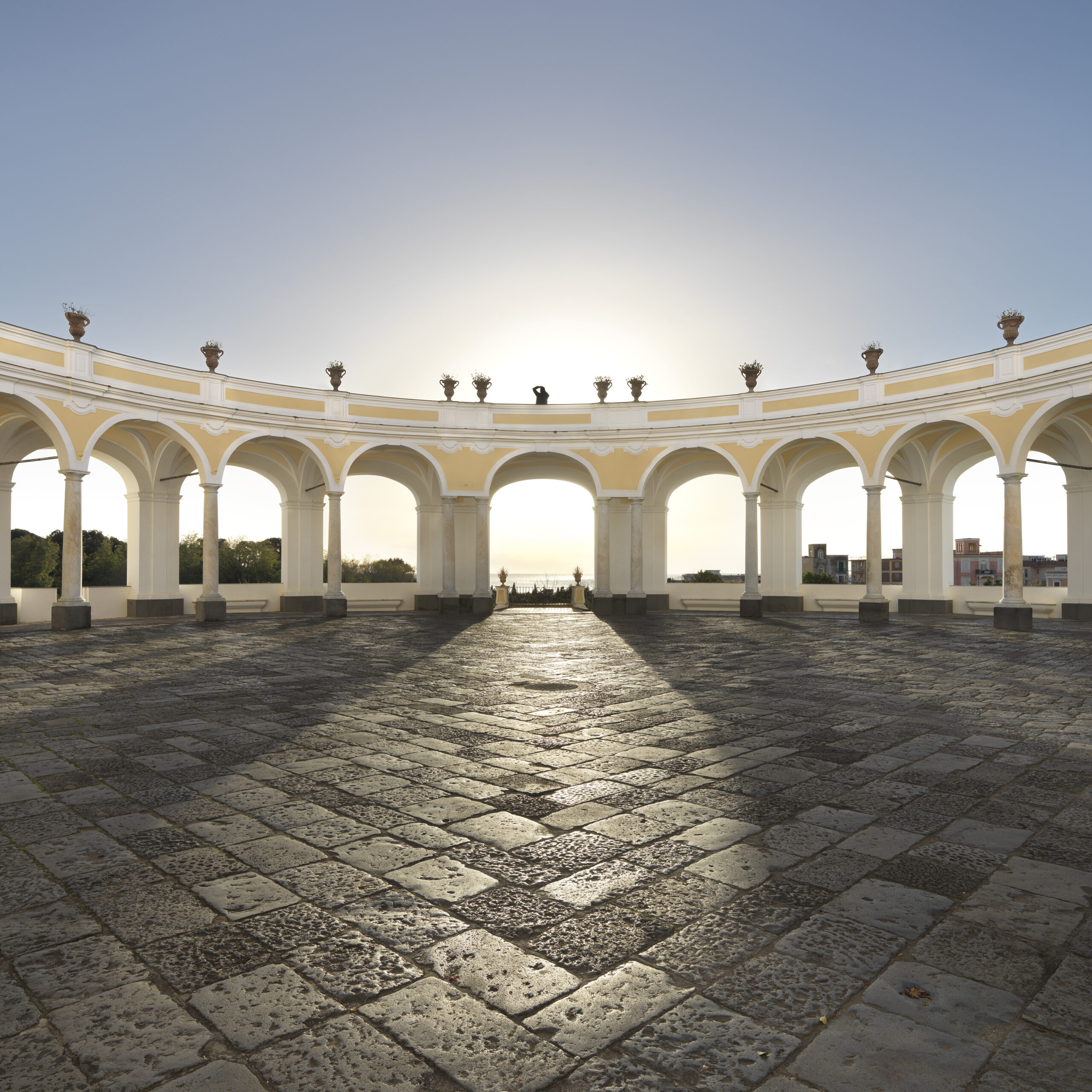
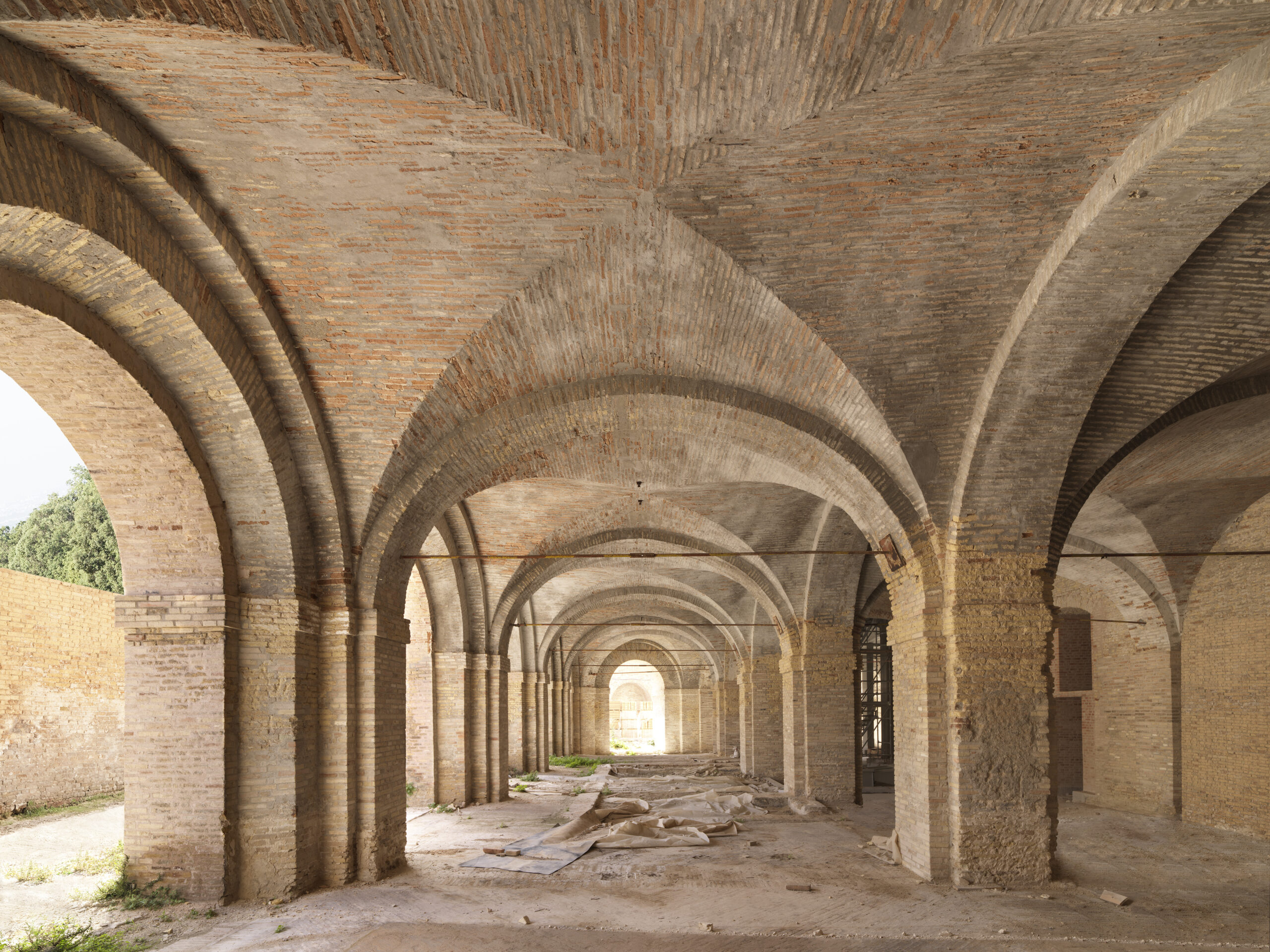
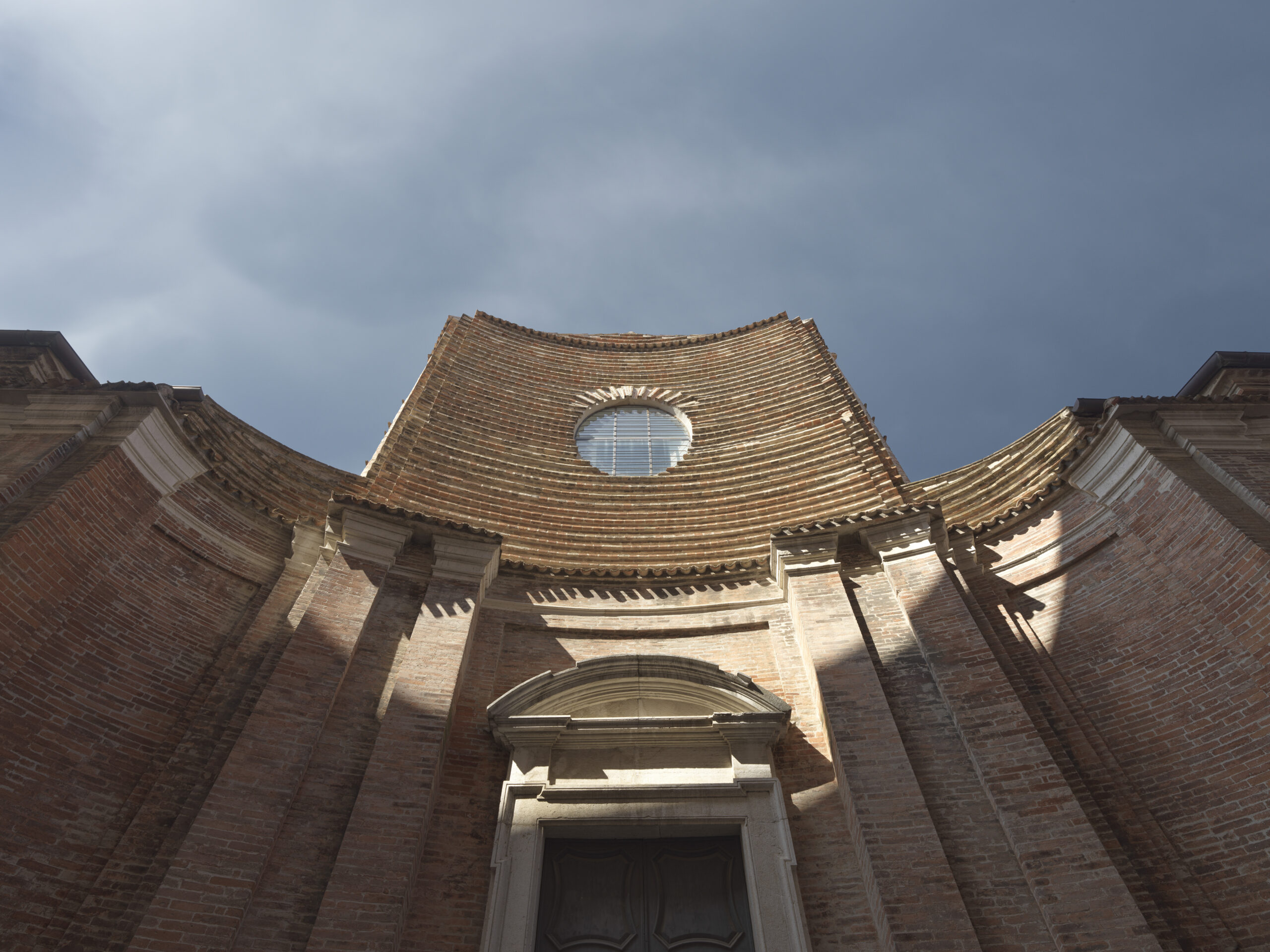
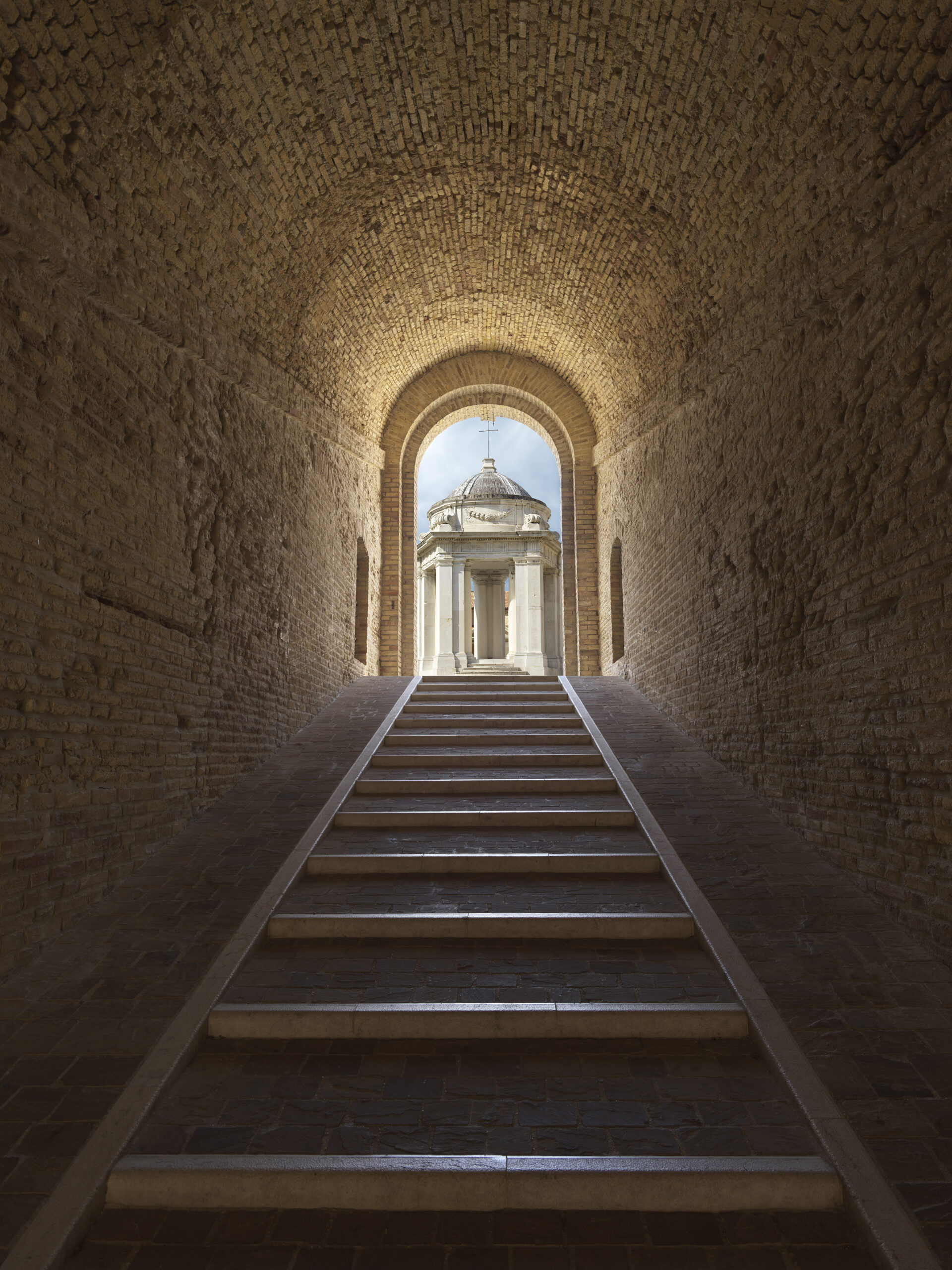
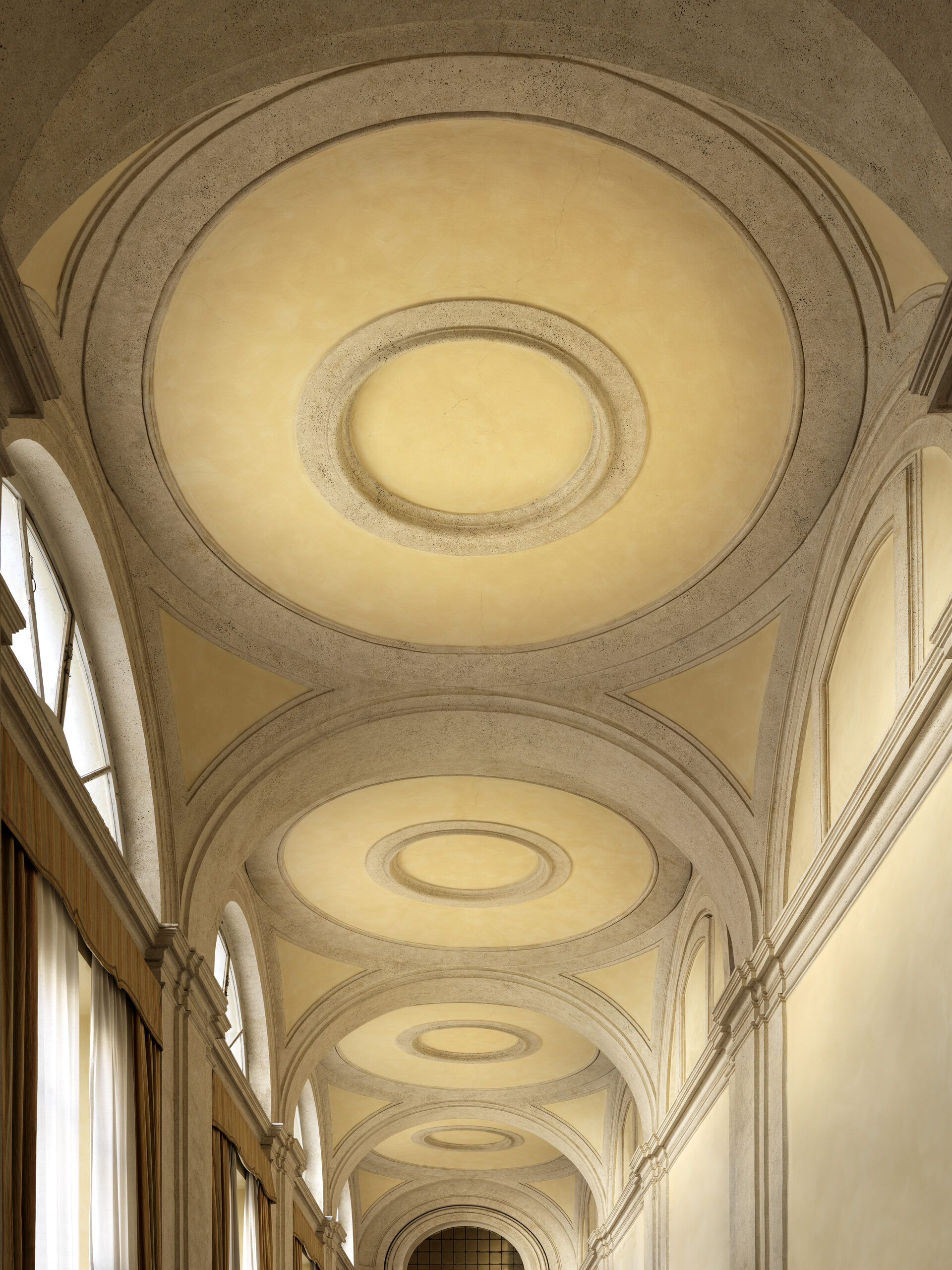
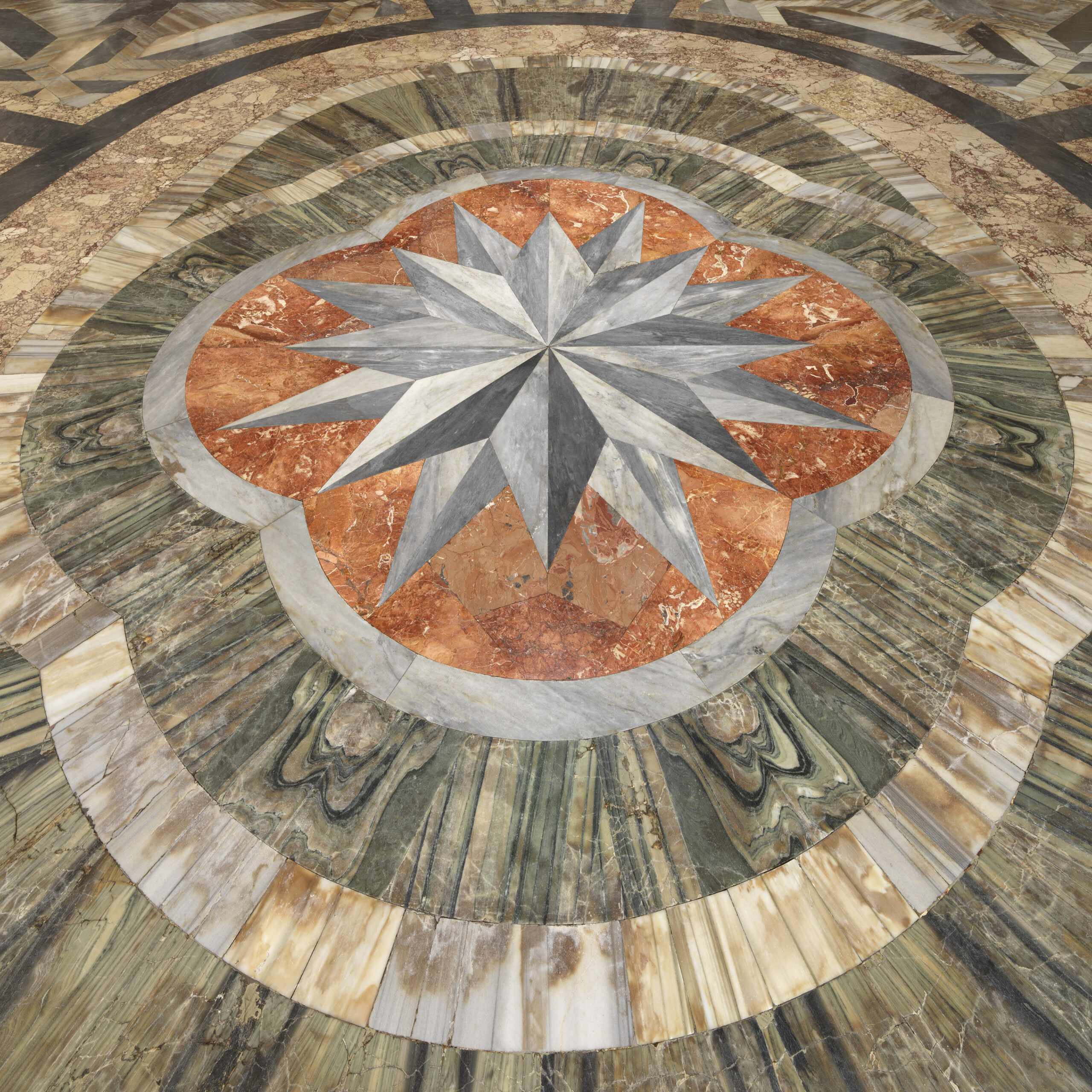
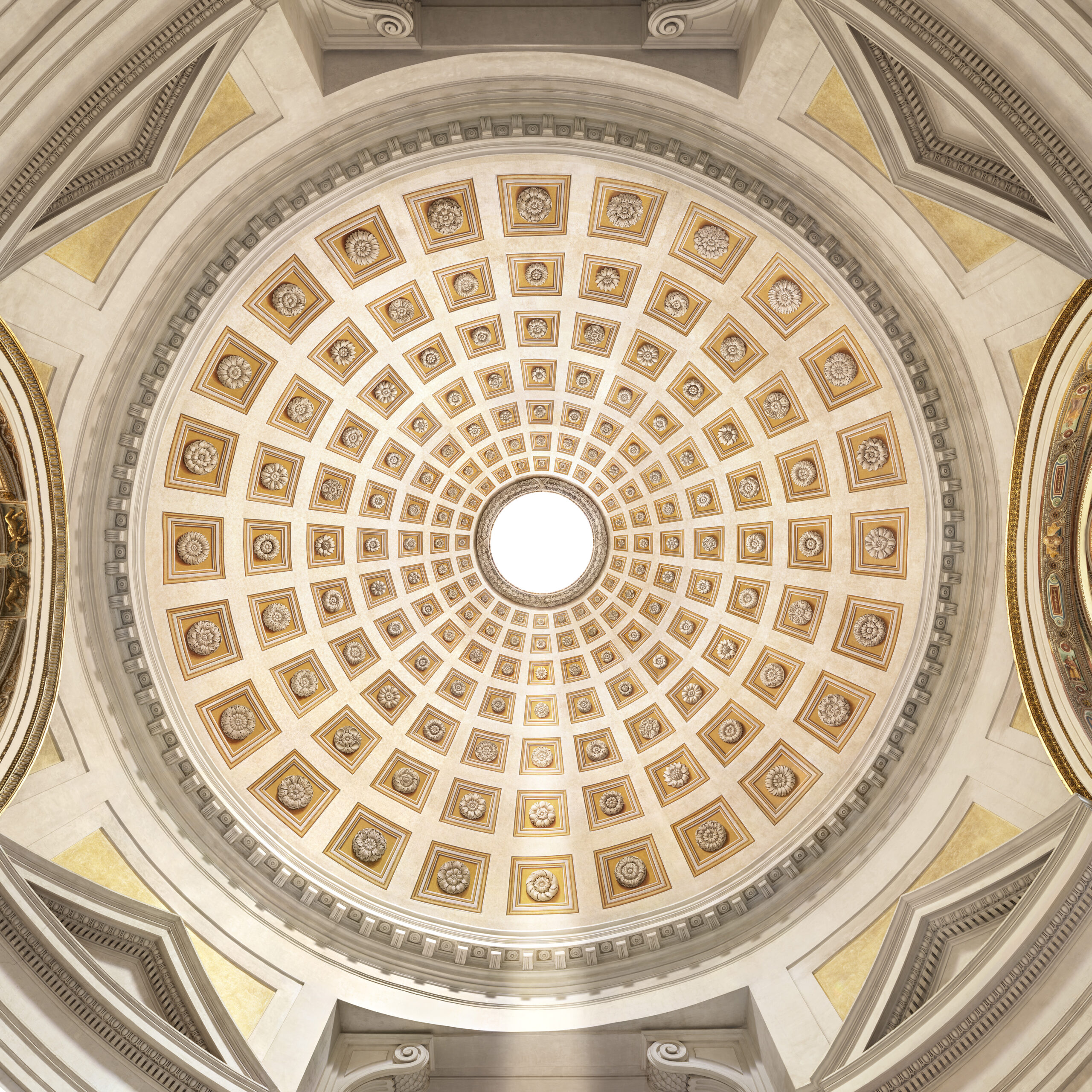
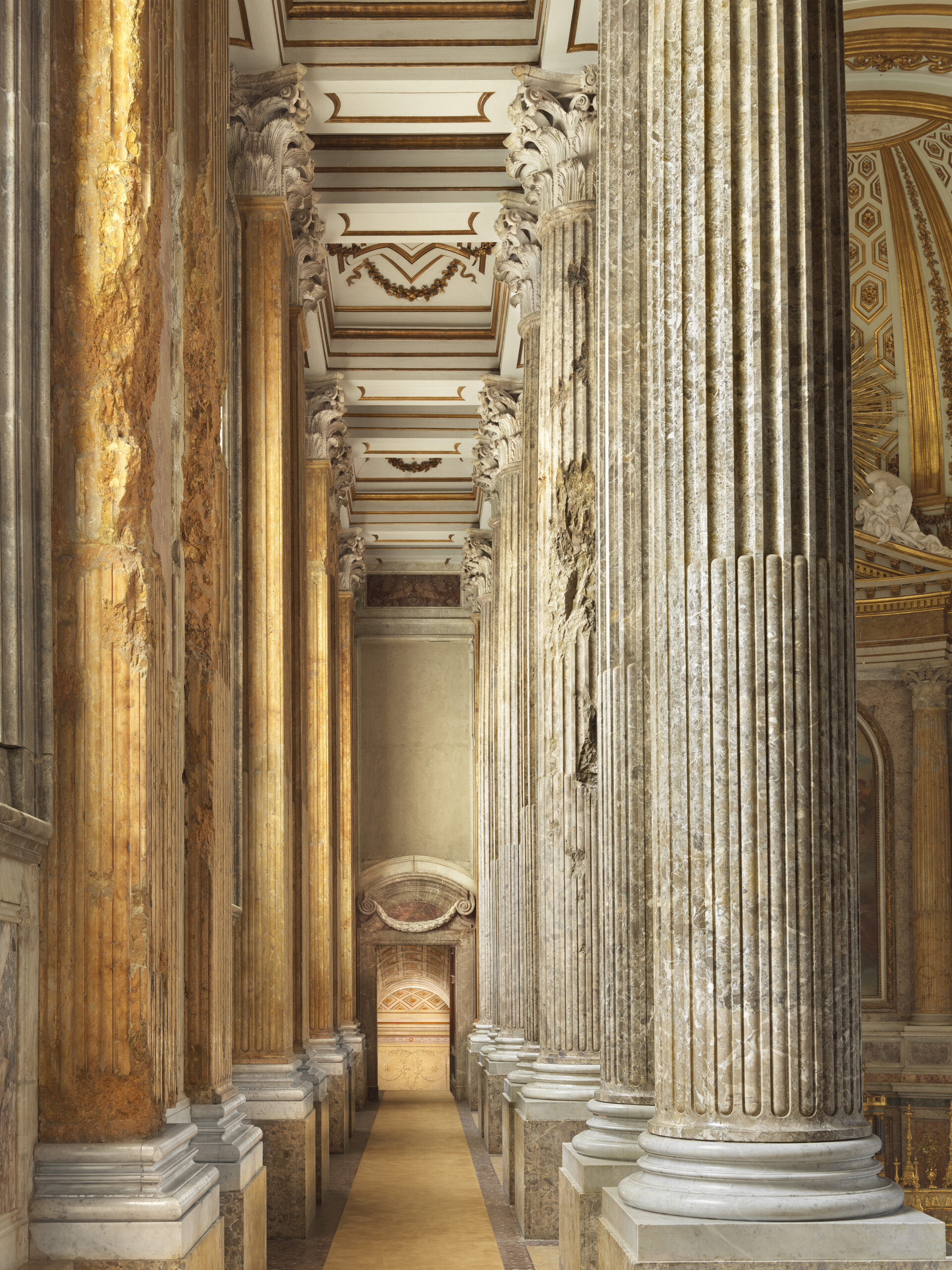
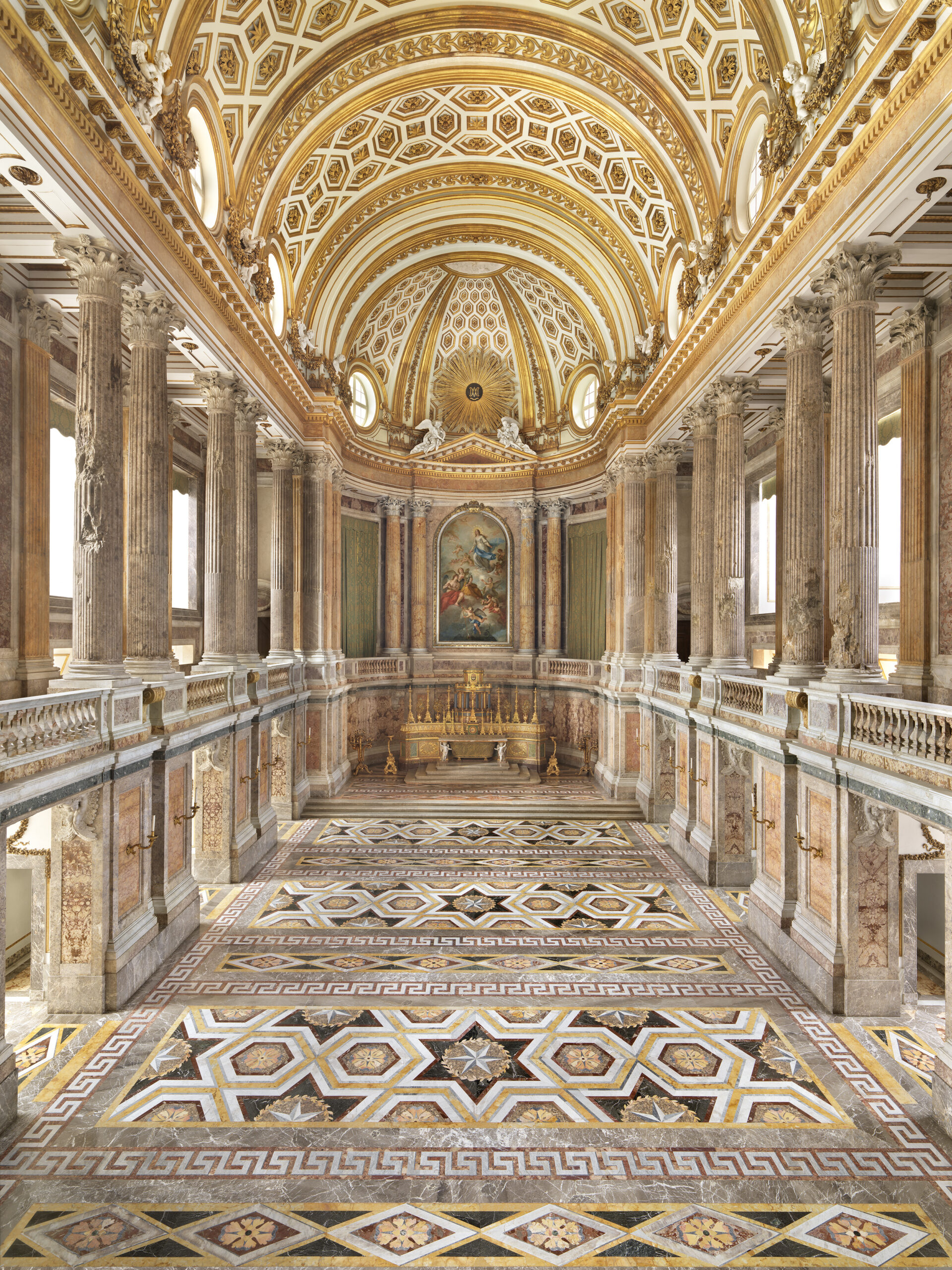
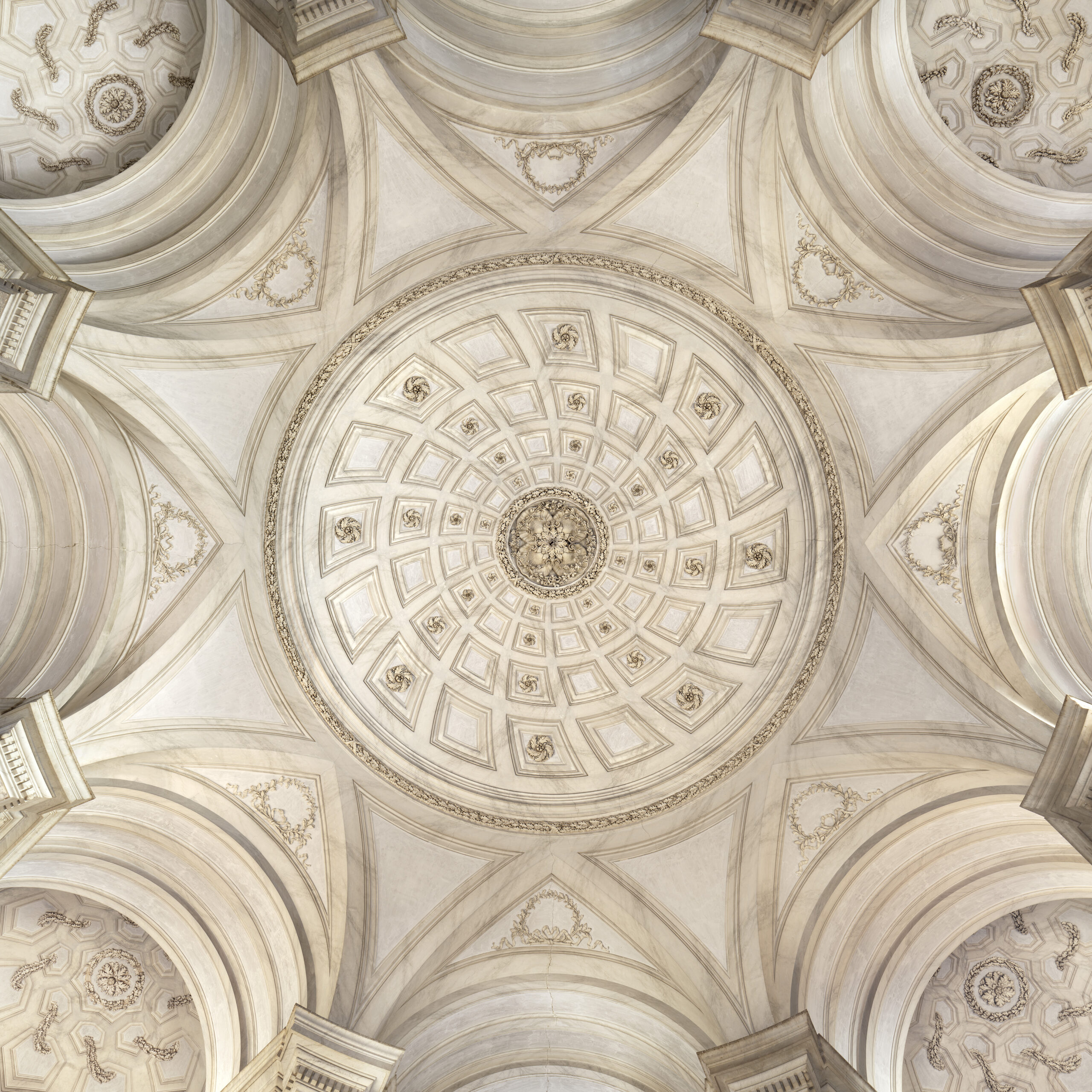
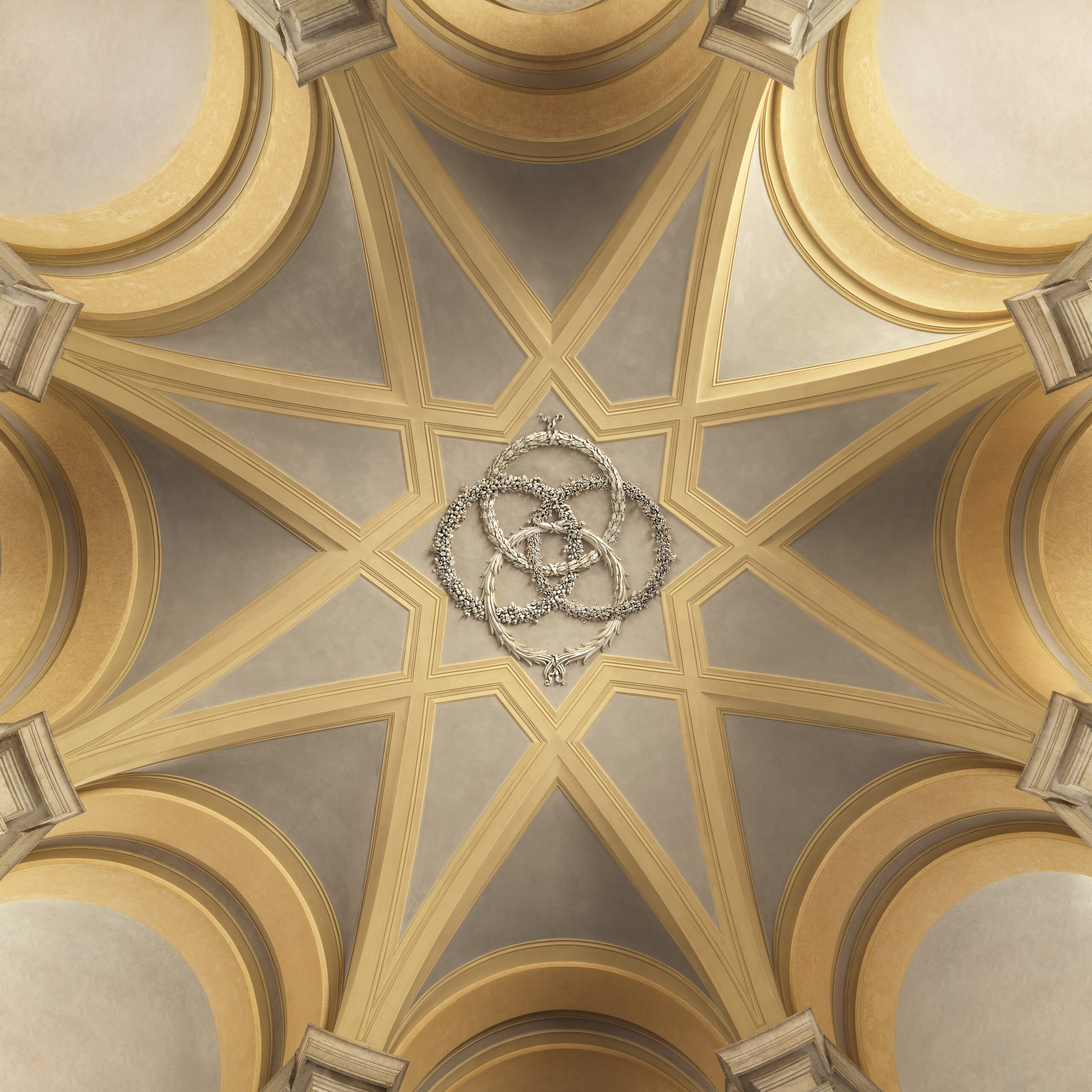
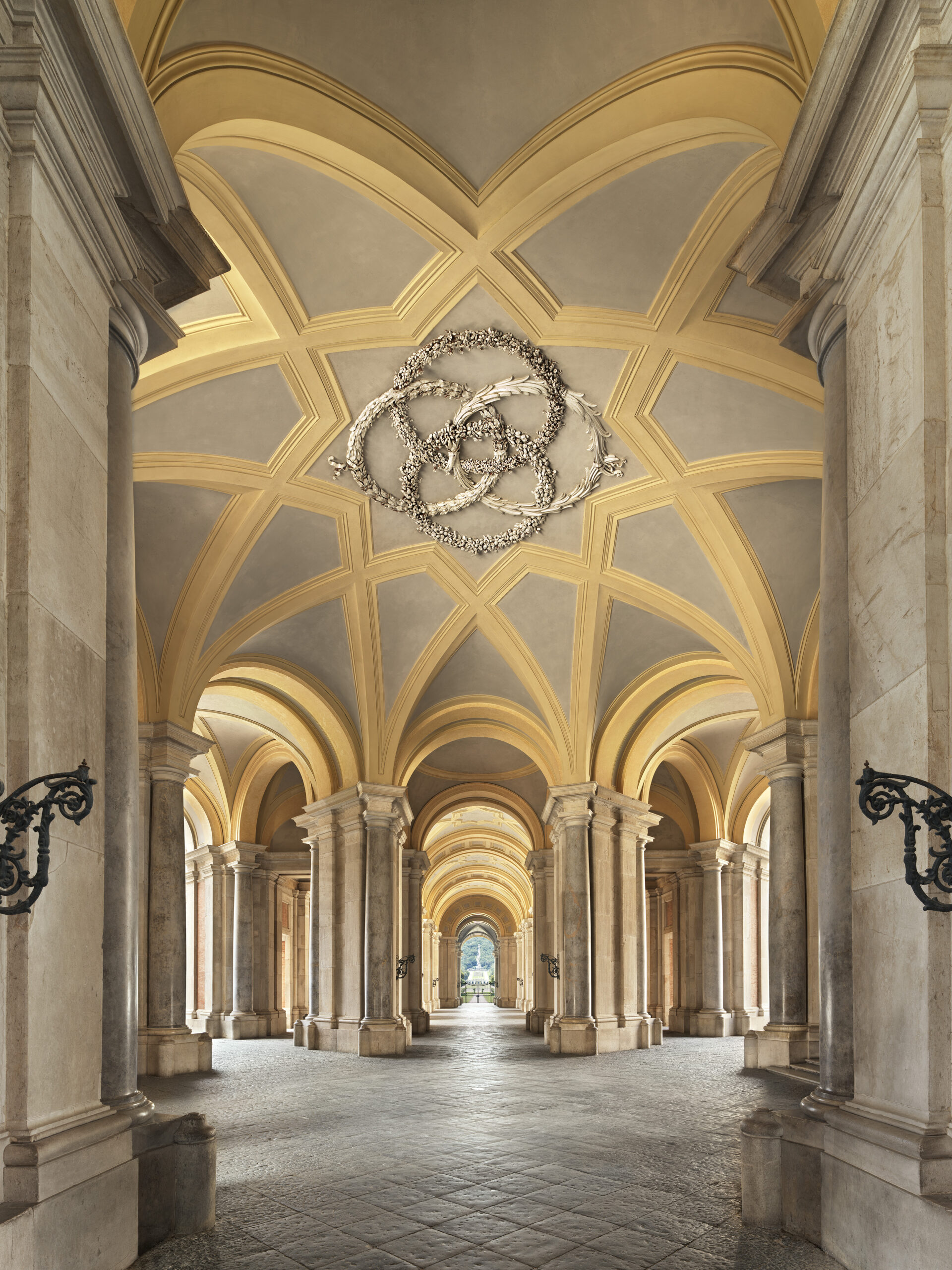
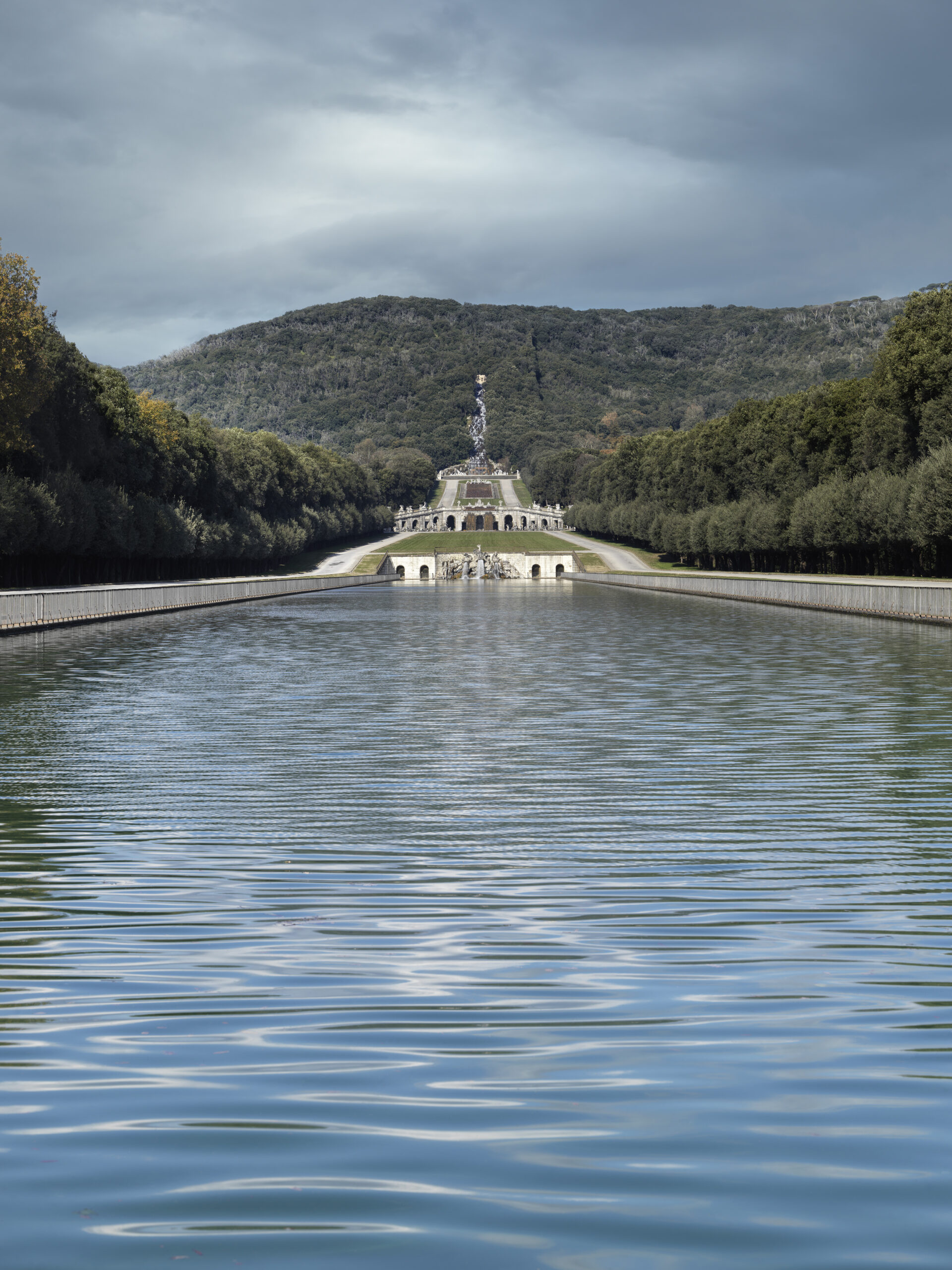
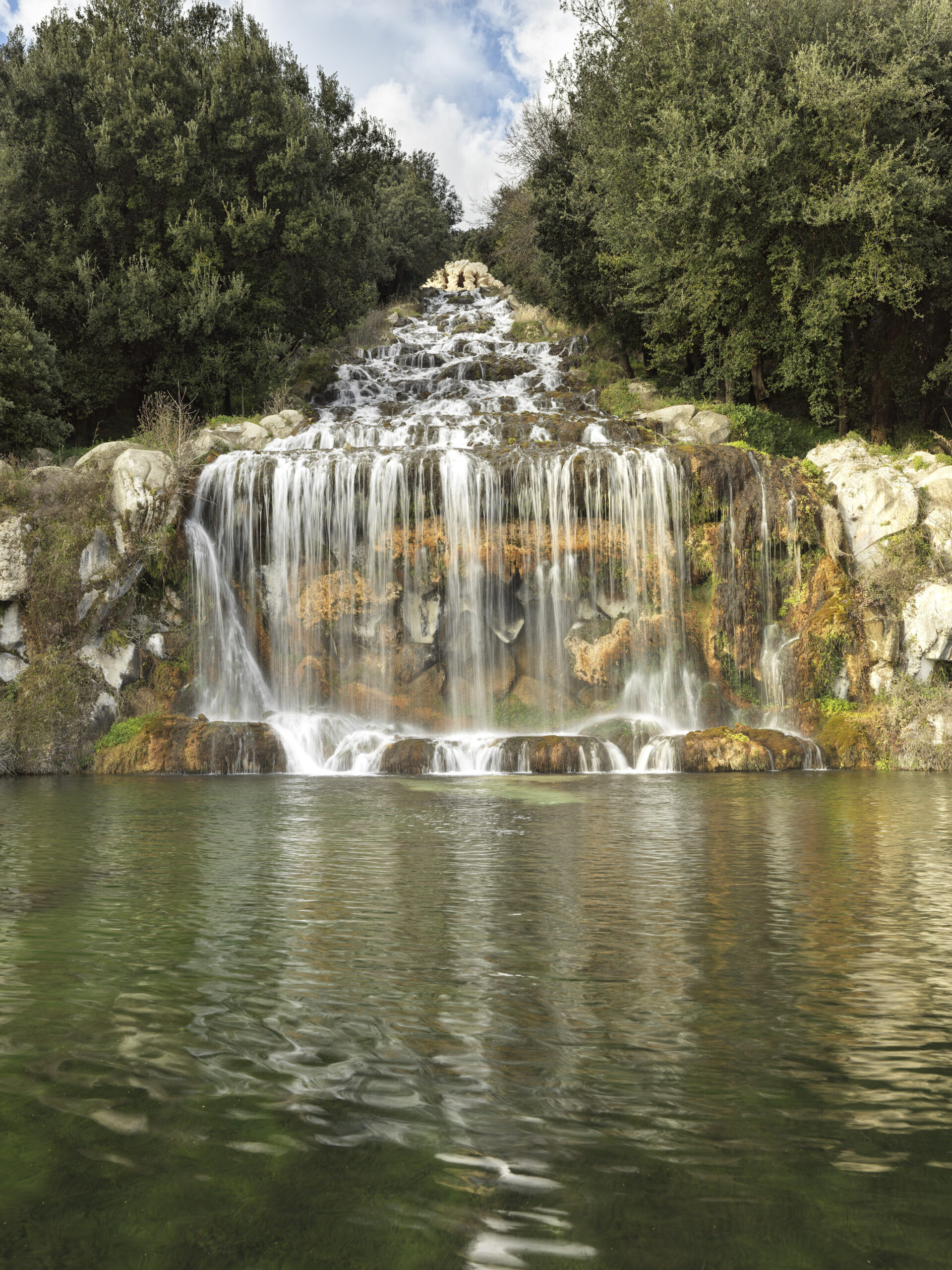
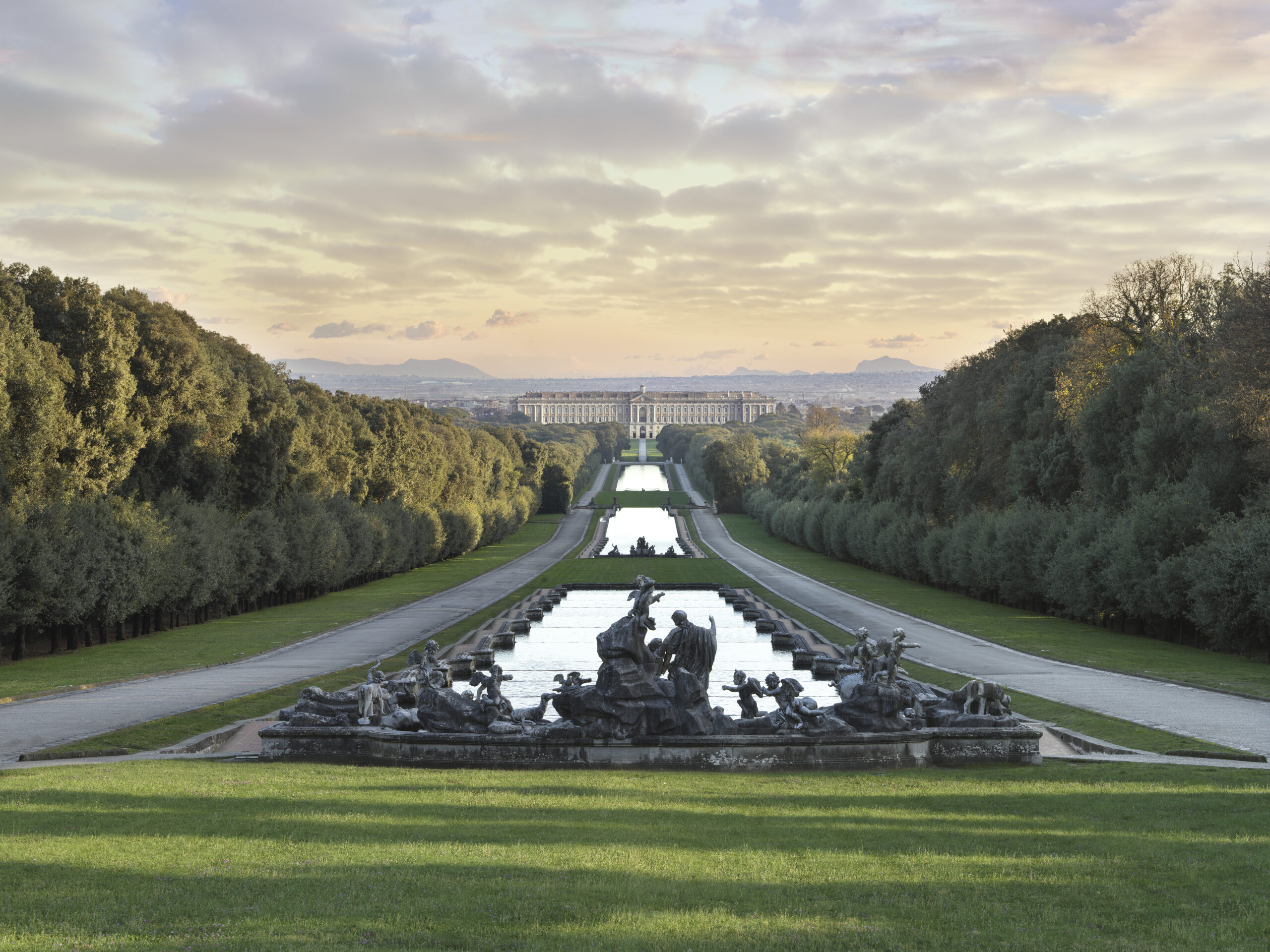
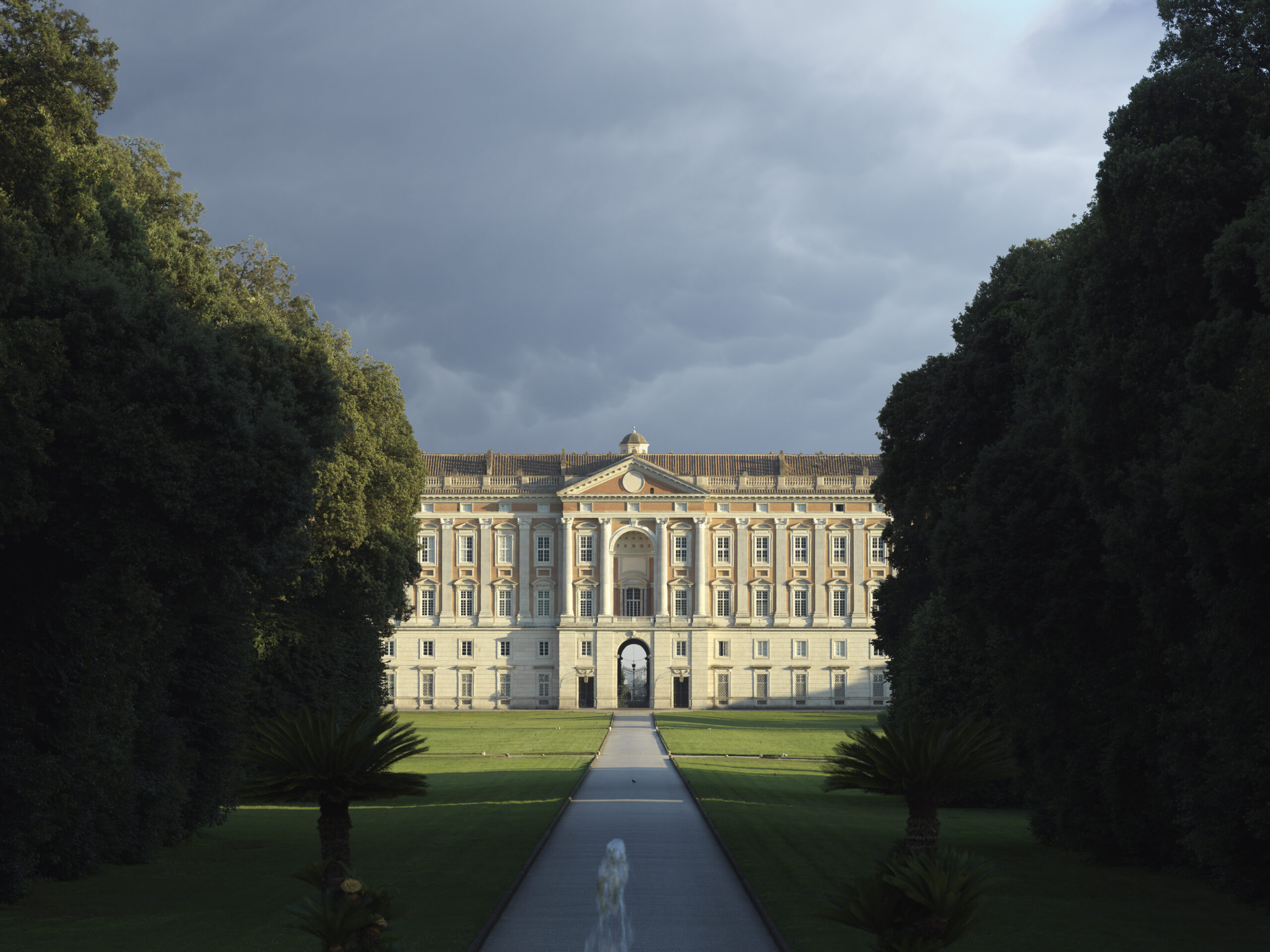
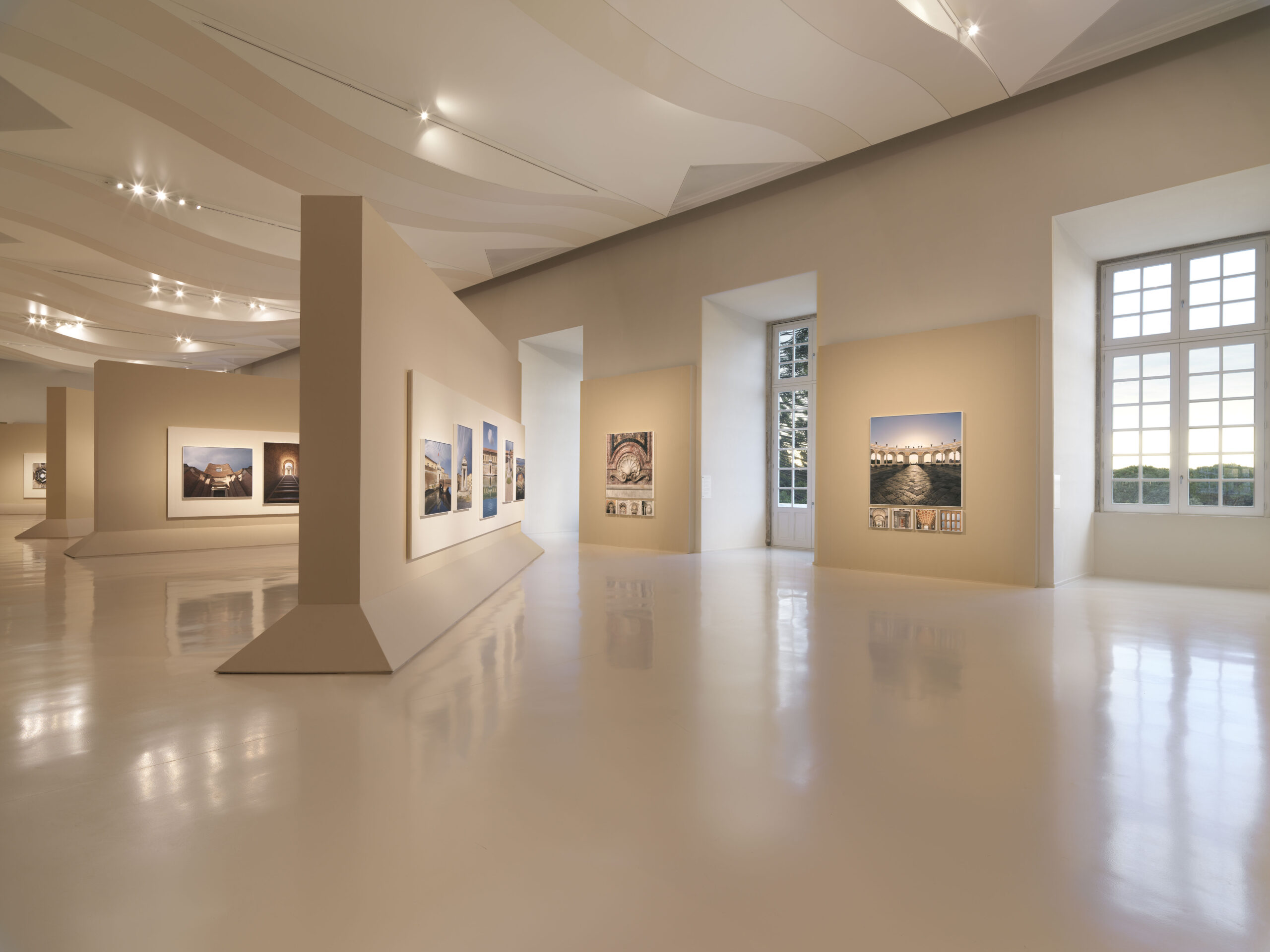
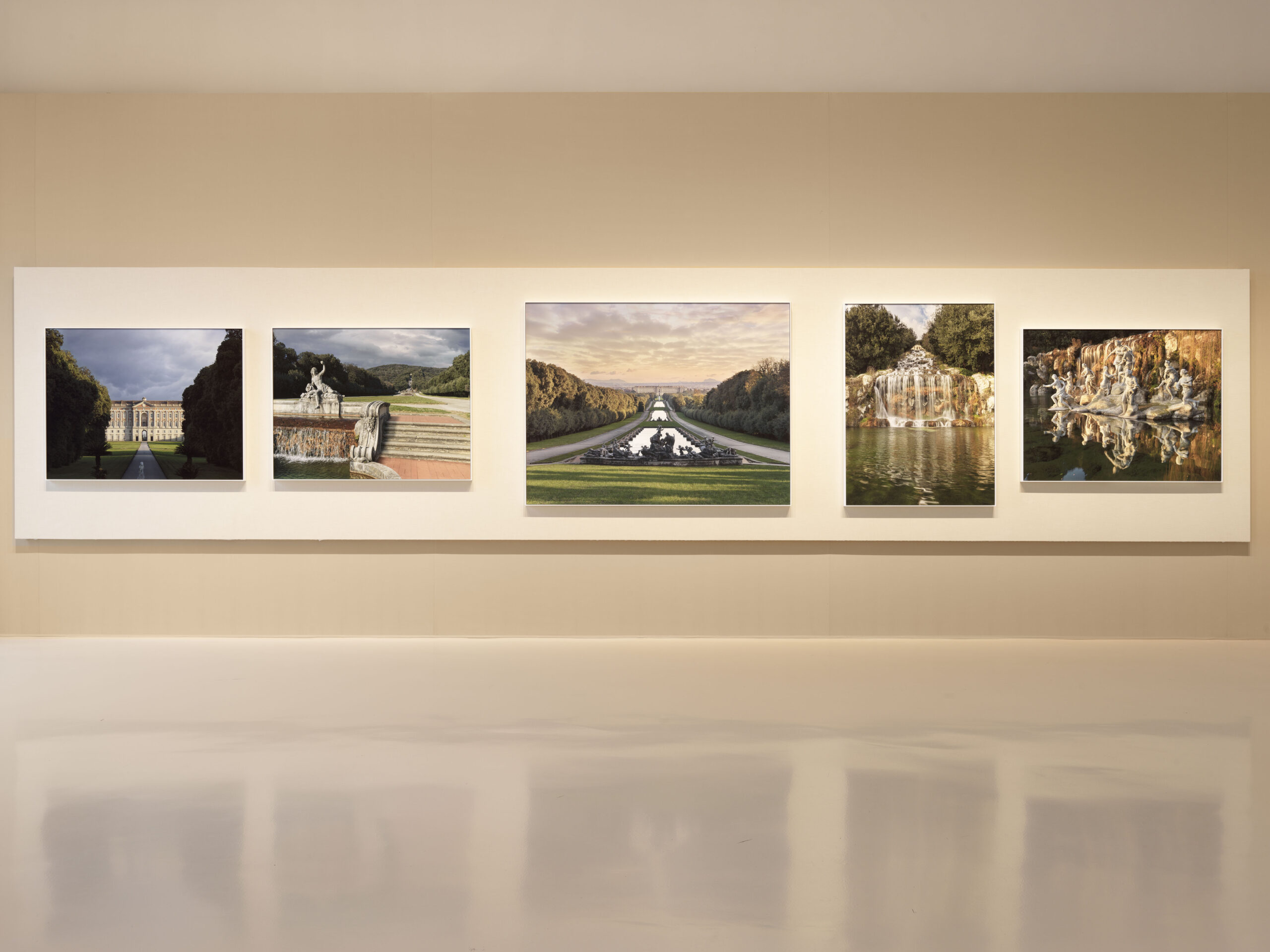
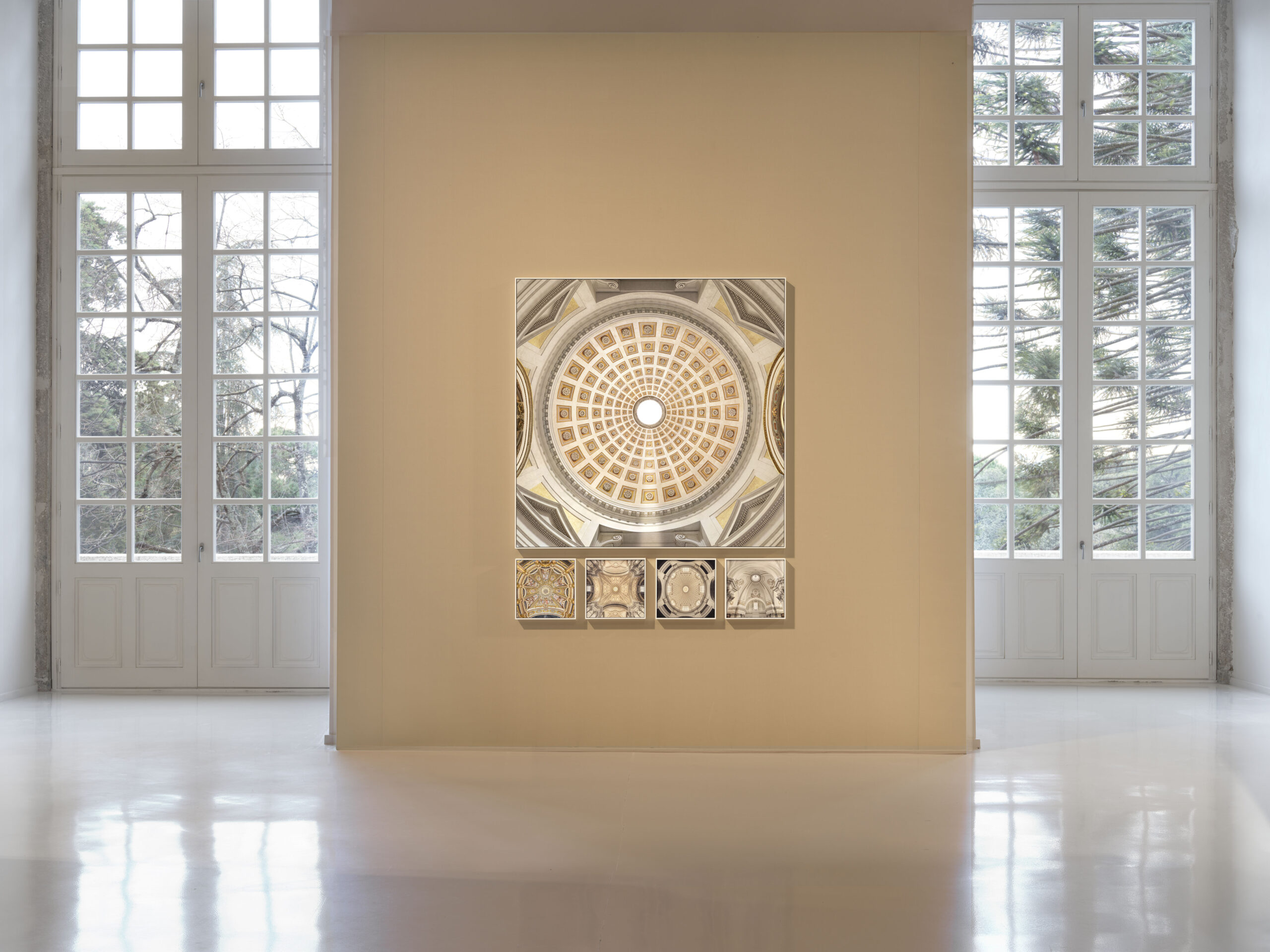
Light, geometry, balance: Luigi Vanvitelli overcomes the familiar device of the perspective telescope ascribed to him, by enacting an authentic dramaturgy of the gaze; it means that the people that cross his architectures are like spectators who are seeing a staging carefully composed in the chiaroscuro effects and in the visiting time and paths. The vaults and floor scores mirror one within the other, suggesting the mutual belonging to the space sequences, and Vanvitelli, as an experienced theatre director, defines precisely the strategic points of the vision by signing the reference points drawn on the vaults and on the floors. His architecture is in fact the perfect metaphor of the human action: transforming nature and building a world in man’s own image, starting from the opacity of the stone to aim at the brightness of the sky. Luigi was, in that aspect, the worthy son of Caspar van Wittel, who was one of the best vedutisti of the time that loved describing the places he painted in details, by immersing them in atmospheres handled by restless clouds; the space can’t be revealed without the appropriate light, that’s what is shown by the images exhibited. That’s why, before one of the most visionary architects of all times, I thought that the most appropriate approach I had to use was trying to photograph his thought, his idea, before representing the objective built form. The images research the connection between the place and its history, the passage from the knowable and the unrevealed. They try to trace back to the visual sign that triggers the creative process, by having in mind that it is only through the exercise of memory that the sign is allowed to excite us.
Luce, geometria, equilibrio: Luigi Vanvitelli va oltre il noto espediente del cannocchiale prospettico a lui attribuito, mettendo in atto una vera e propria drammaturgia dello sguardo; le persone che attraversano le sue architetture sono come spettatori che assistono a una messa in scena teatrale da lui definita meticolosamente negli effetti chiaroscurali, nei tempi e nei percorsi di visita. Volte e spartiti pavimentali si specchiano l’uno nell’altro, lasciando intendere la reciproca appartenenza delle sequenze spaziali, e Vanvitelli, come un esperto regista, definisce con precisione i punti strategici della visione attraverso l’apposizione di punti di riferimento disegnati sulle volte e sui pavimenti. La sua architettura è la perfetta metafora dell’azione umana: trasformare la natura e costruire il mondo a propria immagine partendo dalla dall’opacità della pietra per mirare alla luminosità del cielo. Luigi fu in questo degno figlio di Caspar van Wittel, uno dei più grandi vedutisti del suo tempo, che amava descrivere dettagliatamente i luoghi rappresentati, immergendoli in atmosfere movimentate da nuvole irrequiete; al cospetto di uno degli architetti più visionari di tutti i tempi, tentare di fotografare un pensiero, un’idea progettuale, ancor prima di rappresentarne l’oggettiva forma costruita, è l’approccio che è sembrato più appropriato. Queste immagini ricercano la connessione tra il luogo e la storia, il passaggio tra il conoscibile e il non rivelato, e provano a risalire all’indizio visivo che innesca il processo della creazione, avendo ben presente che solo attraverso l’esercizio della memoria agisce il segno in grado di produrre l’emozione.
